Themed collection Biomolecular crystal engineering

Biomolecular crystal engineering
Claudia Pigliacelli and Pierangelo Metrangolo introduce the themed collection “Biomolecular crystal engineering”.

CrystEngComm, 2023,25, 5504-5505
https://doi.org/10.1039/D3CE90124F
Insights on the interaction of calcein with calcium carbonate and its implications in biomineralization studies
The effects of calcein, a fluorescent marker commonly used to assess mineral growth in calcifying organisms, on calcite and aragonite structure have been investigated.
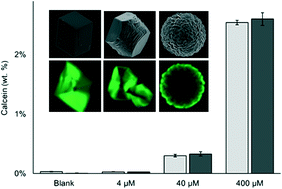
CrystEngComm, 2018,20, 4221-4224
https://doi.org/10.1039/C8CE00853A
Microdialysis on-chip crystallization of soluble and membrane proteins with the MicroCrys platform and in situ X-ray diffraction case studies
The MicroCrys platform was developed to automate on-chip dialysis crystallization of proteins via chemical composition and temperature control, facilitating the optimization of crystallization conditions and the exploration of protein phase diagrams.
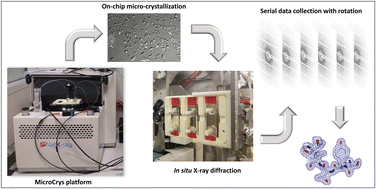
CrystEngComm, 2023,25, 5513-5523
https://doi.org/10.1039/D3CE00466J
Computation meets experiment: identification of highly efficient fibrillating peptides
8000 pentapeptides were computed though CG-MD starting from the model sequence DFNKF. Based on experimental validation, theoretical conditions (solubility and aggregation propensity) which may favor crystallization or fibrillation were identified.

CrystEngComm, 2023,25, 4503-4510
https://doi.org/10.1039/D3CE00495C
Formation of calcium phosphate nanoparticles in the presence of carboxylate molecules: a time-resolved in situ synchrotron SAXS and WAXS study
The crystallization of calcium phosphate nanoparticles in the presence of carboxylates was characterized in situ through simultaneous SAXS/WAXS using synchrotron light.

CrystEngComm, 2023,25, 550-559
https://doi.org/10.1039/D2CE01227H
In vitro crystallization of calcium carbonate mediated by proteins extracted from P. placenta shells
The ASM extracted from the shells of P. placenta can stabilize ACC and inhibit secondary nucleation for 10 hours, and an explosive secondary nucleation and quick crystal growth from 50 nm to 10 μm can be finished on the shell surface in one hour.
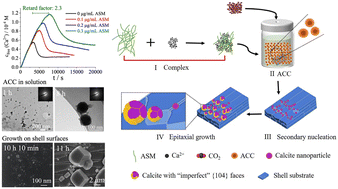
CrystEngComm, 2022,24, 7200-7215
https://doi.org/10.1039/D2CE00692H
Demonstrated gradual evolution of disorder in crystalline structures between single crystal and polycrystal via chemical and physicochemical approaches
Single-crystal fluorapatite rods elongated in the c direction are switched to iso-oriented nanorods by adding a specific carboxy compound (chemical approach) and to roughly arranged nanograins by increasing the supersaturation at the growth front (physicochemical approach).

CrystEngComm, 2022,24, 4546-4550
https://doi.org/10.1039/D2CE00657J
The dual function of impurity in protein crystallization
Protein crystallization could be promoted with a low concentration of impurities and inhibited with a high concentration of impurities, and this inhibition can be weakened by an audible sound.

CrystEngComm, 2022,24, 647-656
https://doi.org/10.1039/D1CE01535D
The distinct binding modes of pesticides affect the phase transitions of lysozyme
Studying the aggregation and nucleation of proteins in the presence of organic molecules is helpful for disclosing the mechanisms of protein crystallization.
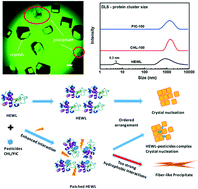
CrystEngComm, 2021,23, 8430-8442
https://doi.org/10.1039/D1CE00108F
Protein crystallisation with air bubble templates: case of gas–liquid–solid interfaces
Crystal formation on air bubble–liquid interface, as soft template to efficiently prompt nucleation of proteins.

CrystEngComm, 2021,23, 8159-8168
https://doi.org/10.1039/D1CE01034D
Enhancing the crystallisation of insulin using amino acids as soft-templates to control nucleation
Amino acid as soft templates in promoting nucleation of insulin.
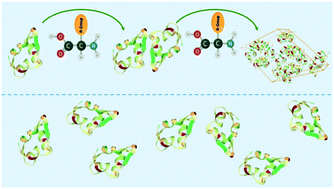
CrystEngComm, 2021,23, 3951-3960
https://doi.org/10.1039/D1CE00026H
Magnetic particles used in a new approach for designed protein crystallization
Designed protein crystallization using magnetic particles as additives in the crystallization of model case studies.
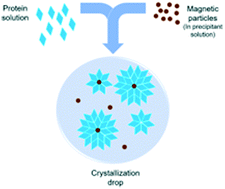
CrystEngComm, 2021,23, 1083-1090
https://doi.org/10.1039/D0CE01529F
Induction of crystal nucleation by orientation-controlled binding of His6-tagged proteins to functionalized gold nanoparticles
Functionalized gold nanoparticles can induce crystal nucleation by orientation-controlled NTA–Ni2+– His6-tagged protein binding.
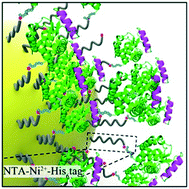
CrystEngComm, 2020,22, 1032-1040
https://doi.org/10.1039/C9CE01786K
Development of biomineralization-inspired hybrids based on β-chitin and zinc hydroxide carbonate and their conversion into zinc oxide thin films
Hybrid thin films based on an environmentally friendly biopolymer, β-chitin and zinc hydroxide carbonate were developed through a biomineralization-inspired approach.
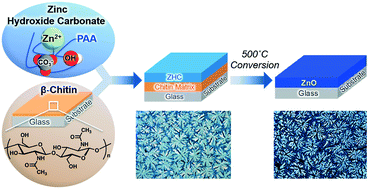
CrystEngComm, 2019,21, 2893-2899
https://doi.org/10.1039/C9CE00141G
Development of a novel CaCO3 PILP based cementation method for quartz sand
Development and investigation of a cementation method for soil grade quartz sand by utilizing aqueous Polymer Induced Liquid Precursor (PILP) solutions.
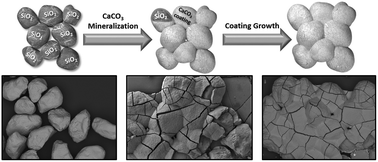
CrystEngComm, 2019,21, 2273-2280
https://doi.org/10.1039/C8CE02158A
About this collection
Crystallization is commonplace in nature, where the formation of minerals and crystals in specific microenvironments is finely tuned by cells and specialized biomacromolecules. Much effort is invested in understanding the pathways leading to biomolecules' crystal formation, gaining control over the crystallization process, and tuning the fundamental features of the resulting crystalline species.
The Biomolecular crystal engineering themed collection, Guest Edited by Professor Claudia Pigliacelli and CrystEngComm Editorial Board Chair Professor Pierangelo Metrangolo, features recent work covering several aspects of crystallization processes involving biomolecules, from the production of single crystals up to their applications as materials in several high-end fields, ranging from catalysis to nanomedicine.